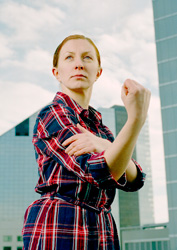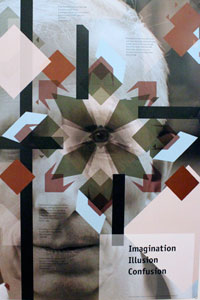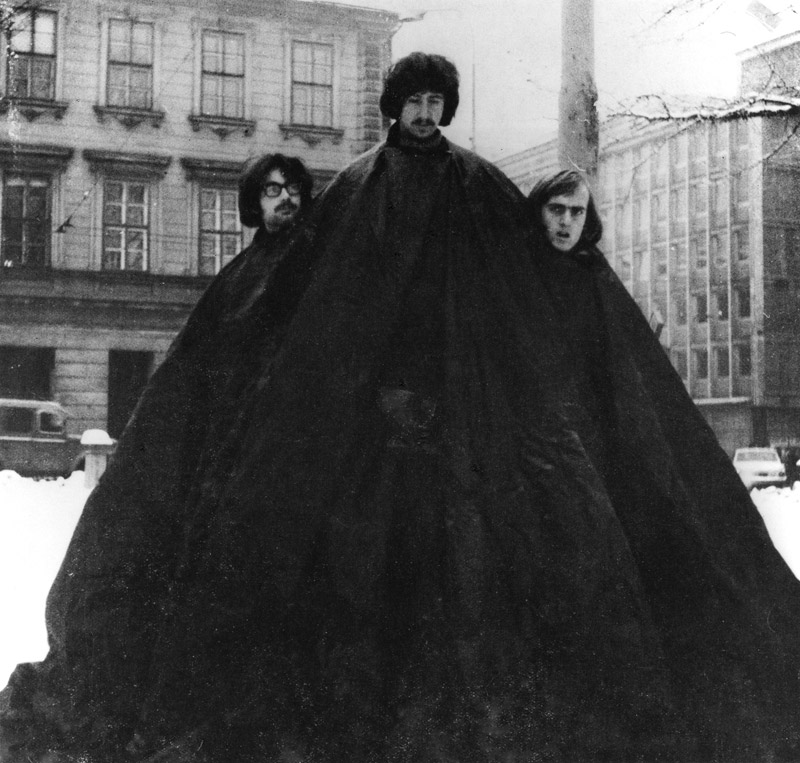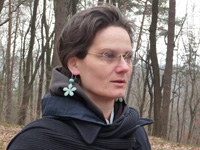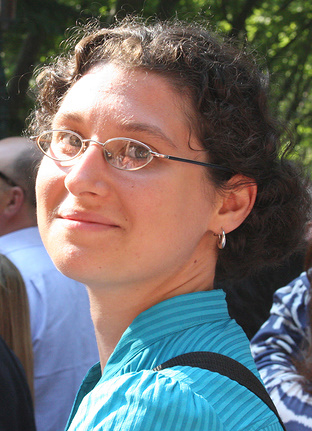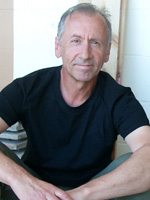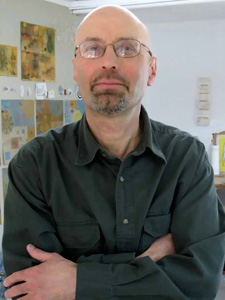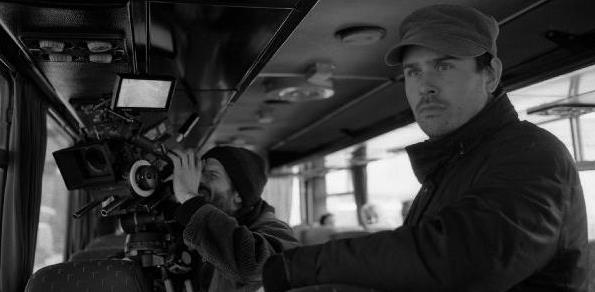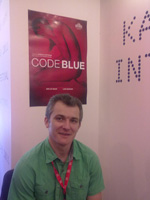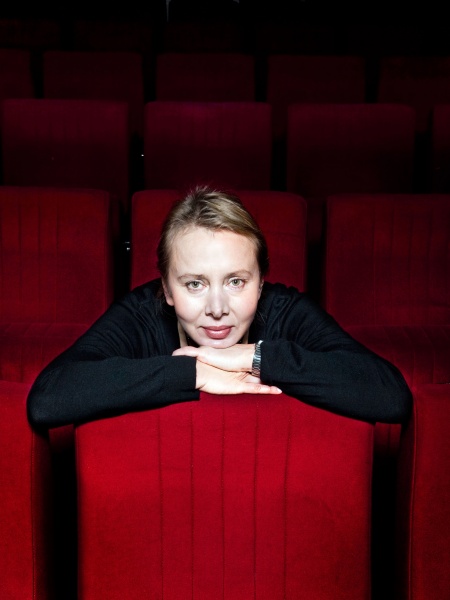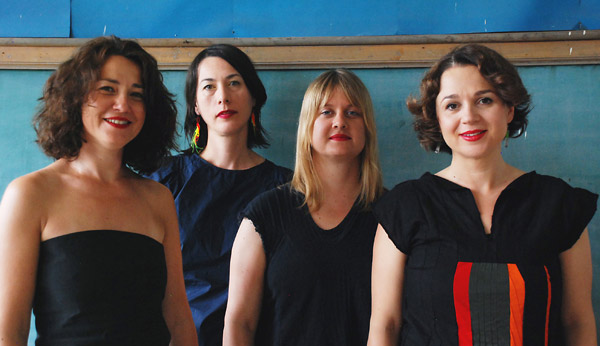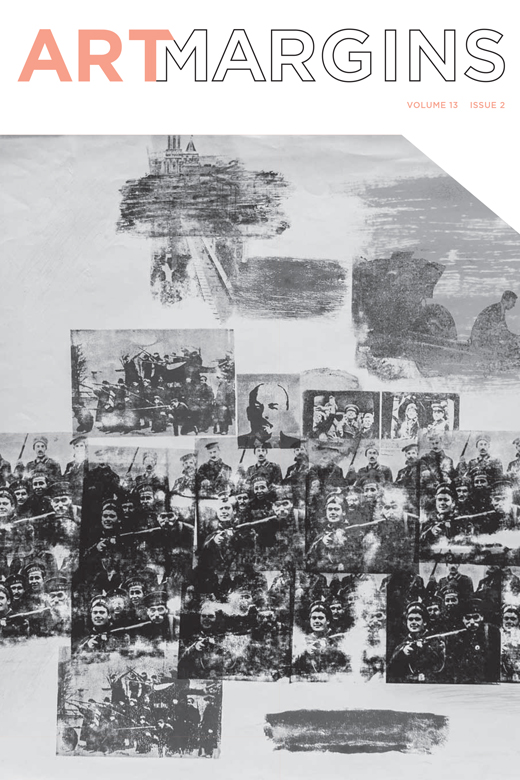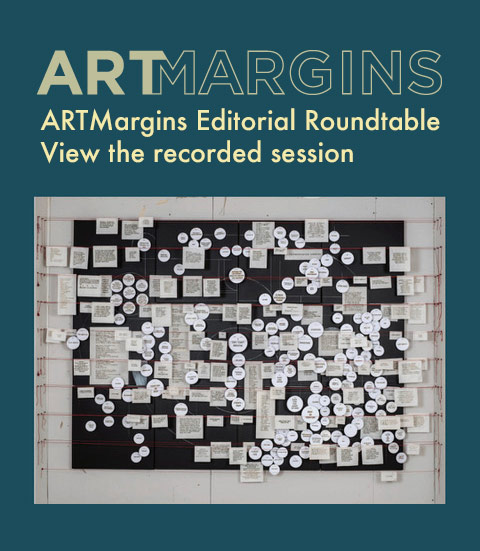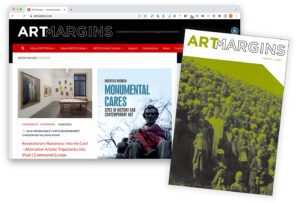From Biopolitics to Necropolitics: Marina Gržinić in conversation with Maja and Reuben Fowkes
Marina Gržinić is a philosopher, artist and theoretician, and a research director at the Institute of Philosophy at the Scientific and Research Center of the Slovenian Academy of Science and Art in Ljubljana, Slovenia. She is also a professor at the Academy of Fine Arts Vienna, Institute of Fine Arts, Conceptual Art, in Austria. Gržinić was in Budapest recently to give a lecture “A Passion for History in the Depoliticized and Castrated European Union Regime,” as part of the Ludwig Museum’s lecture series, Theoretical and Critical Problems of the Margins Today. Maja and Reuben Fowkes met with her to discuss … Read more

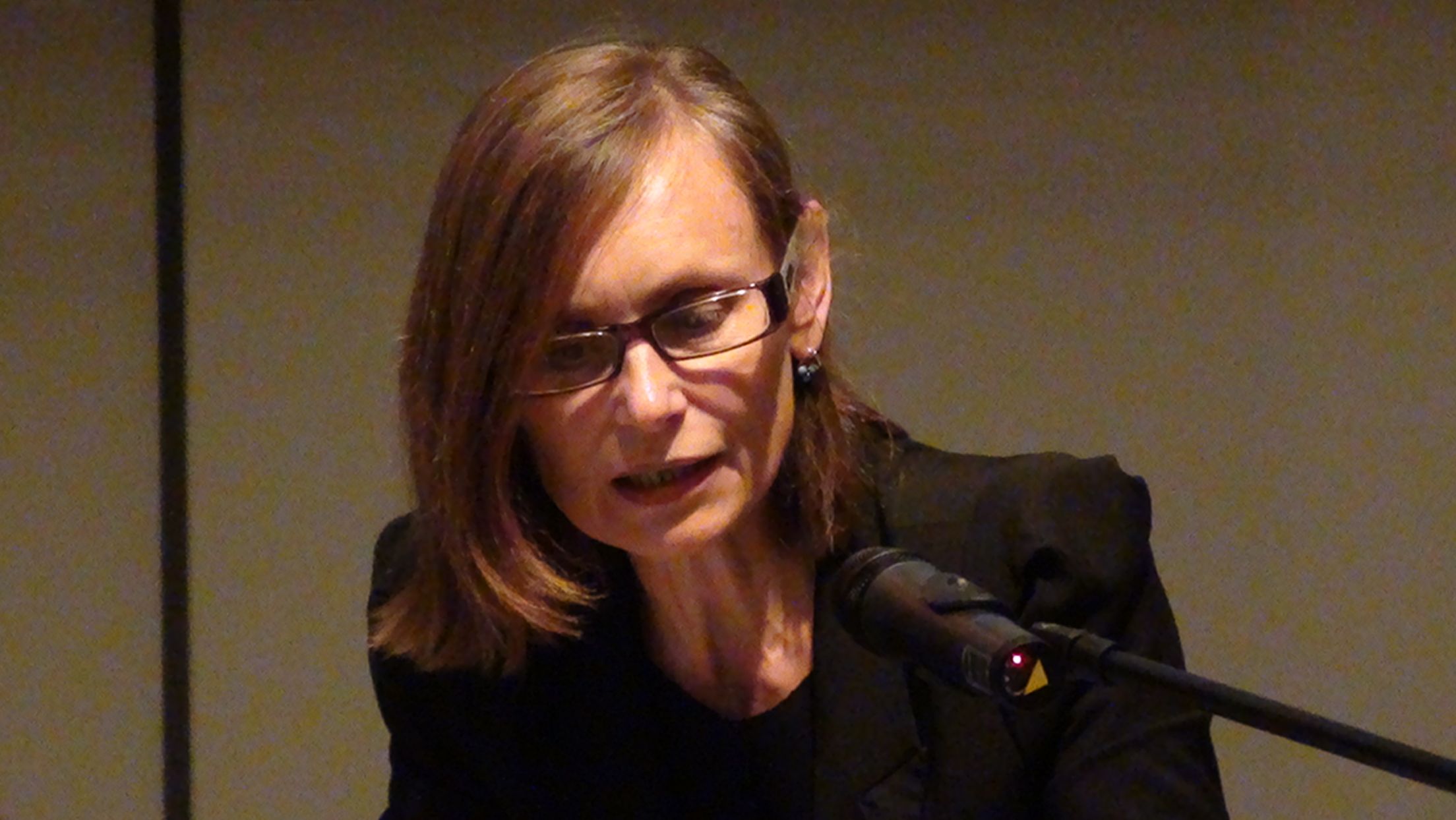
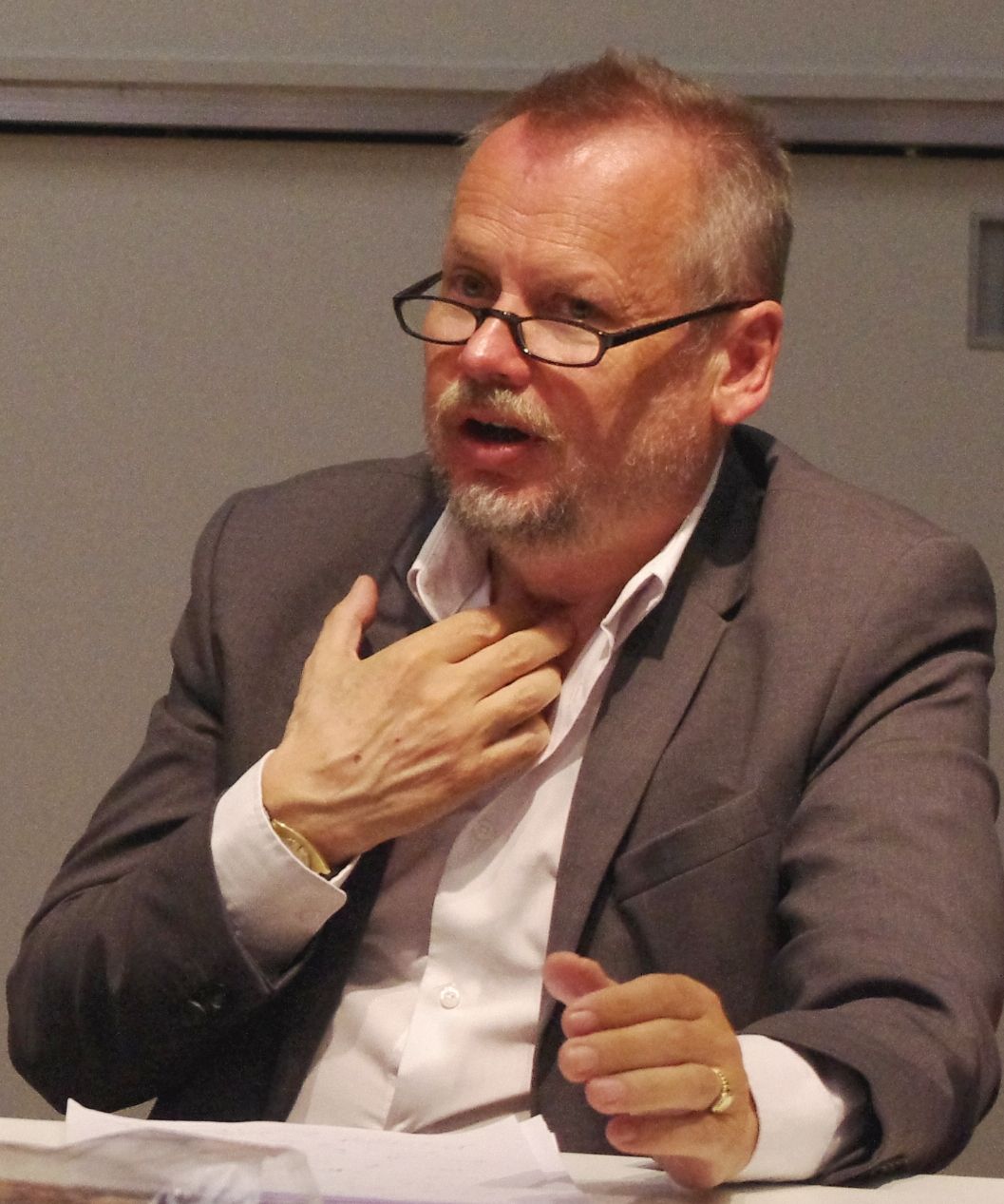
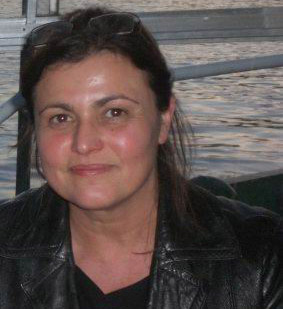
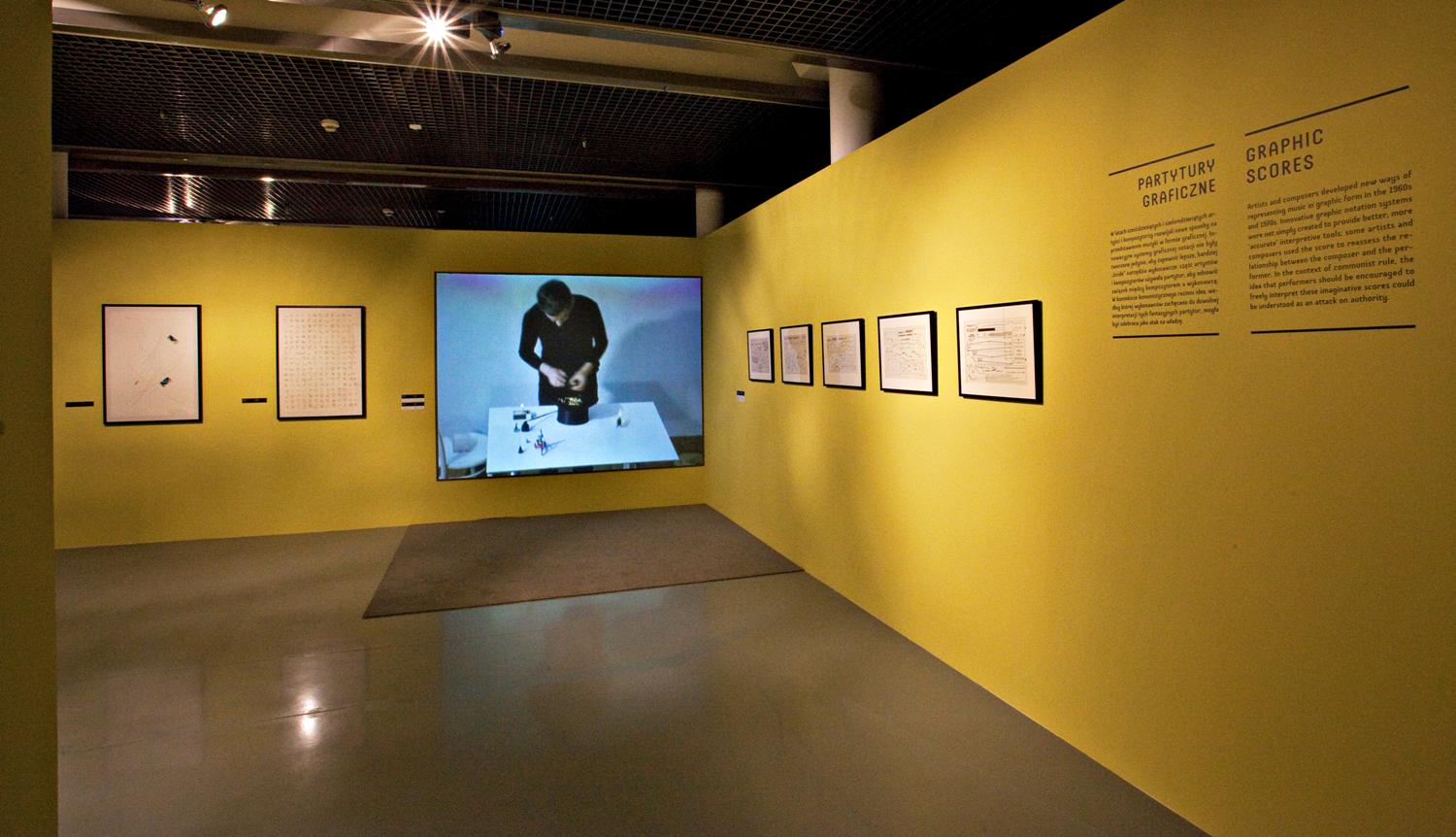
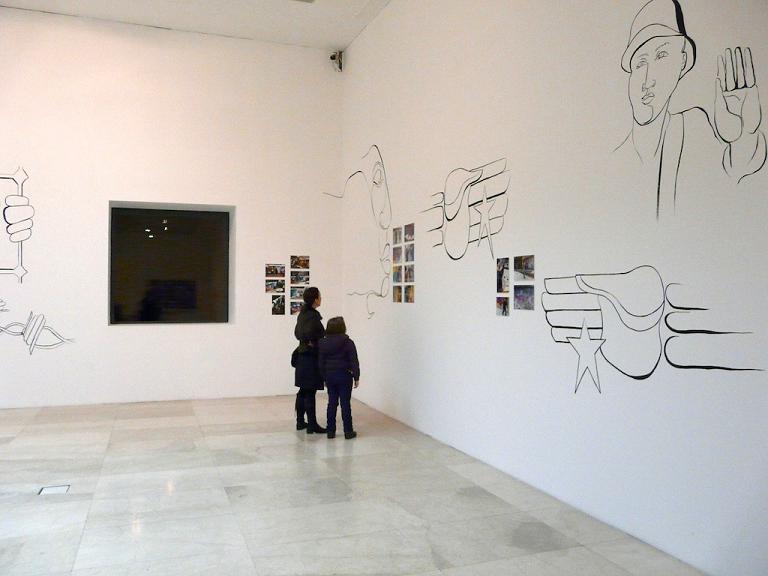
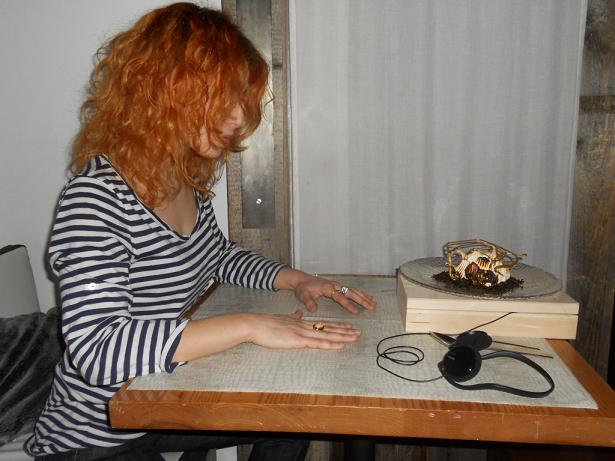
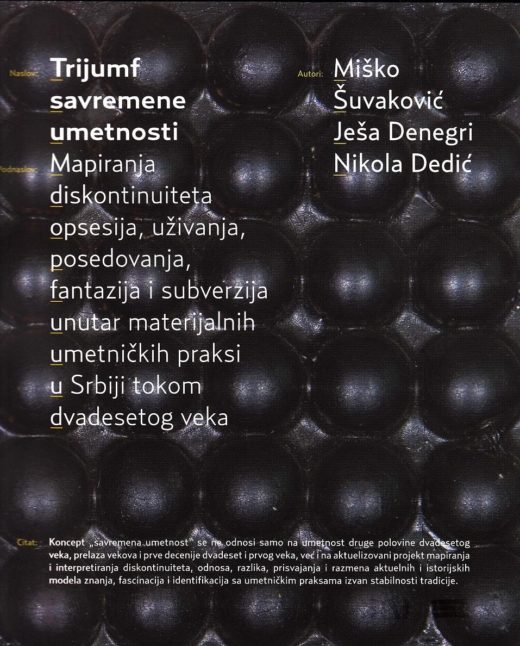
,%20History%20of%20Art%20in%20Serbia%20in%2020th%20Century,%20book%20cover,%202011.jpg)
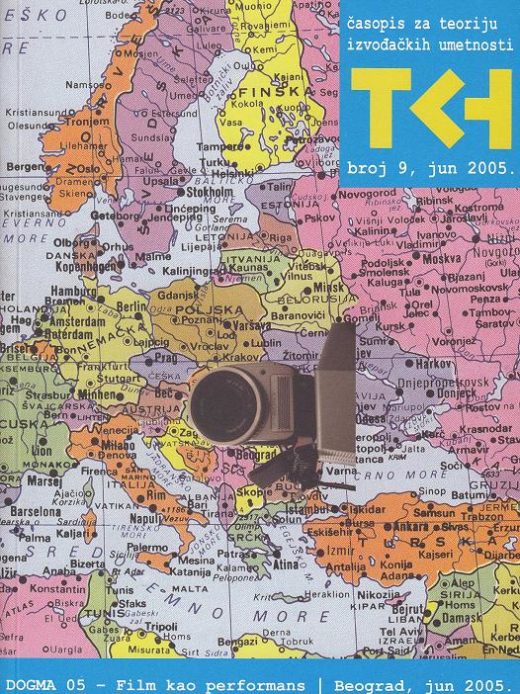
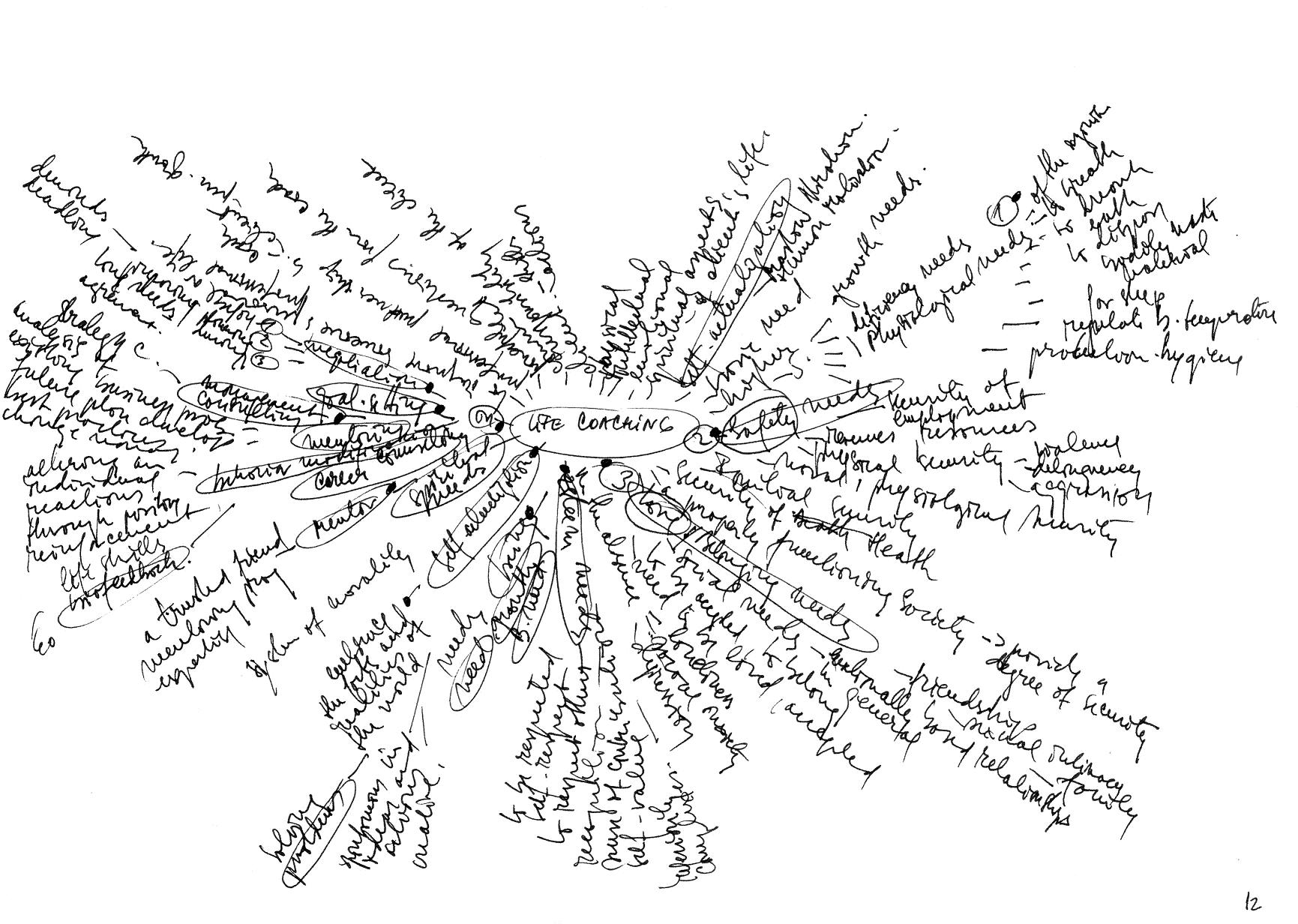
.jpg)
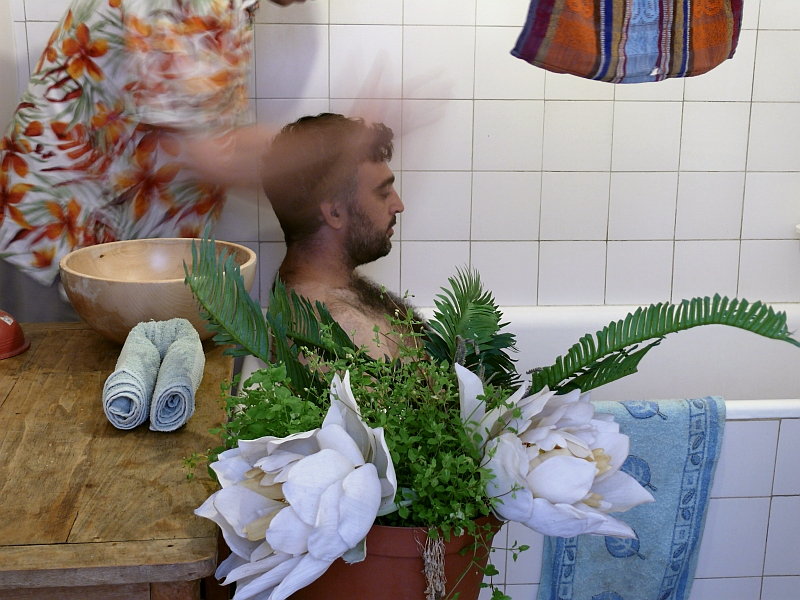

.jpg)
